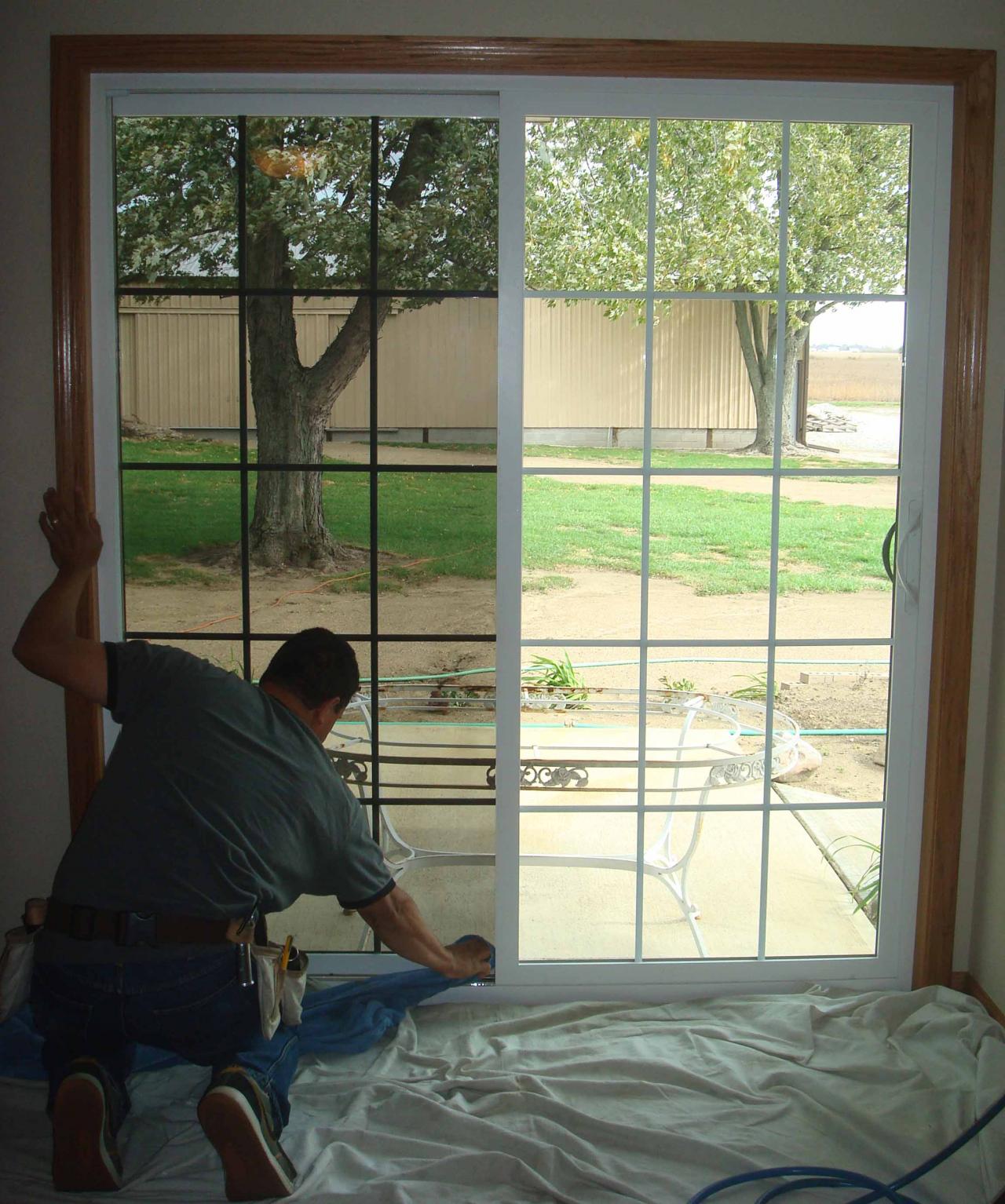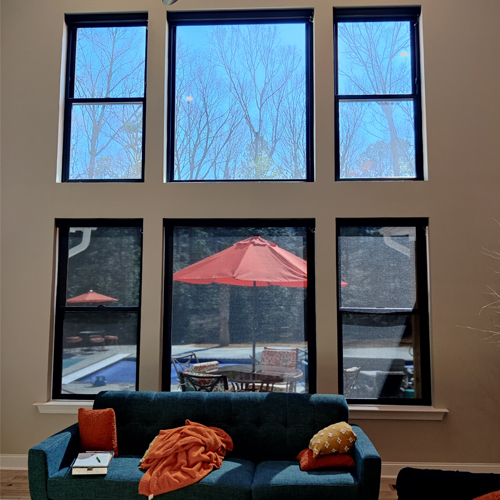Residential Window Tint: Keep Your Home Comfy Year-Round
Residential Window Tint: Keep Your Home Comfy Year-Round
Blog Article
How Residential Window Tinting Boosts Your Home's Energy Effectiveness
Residential window tinting presents a compelling remedy for house owners seeking to improve energy efficiency within their home. By applying specialized films to home windows, it efficiently lowers warmth transfer, therefore maintaining interior temperatures and lessening the demand for excessive home heating or cooling. This not only stops energy intake yet likewise offers an extra comfortable atmosphere by reducing glare. Understanding the nuances of how tinting works and picking the ideal type for your home can be crucial. Strangely enough, what elements should one take into consideration prior to making this investment?
Recognizing Home Window Tinting
Understanding window tinting is important for property owners looking for to enhance both comfort and power performance in their space. Residential Window Tint. Window tinting entails the application of a slim film to the inside or outside surface of glass home windows. This movie can substantially modulate the amount of sunlight and warmth that gets in a home, hence influencing indoor climate conditions
There are various kinds of home window tinting films readily available, each with unique homes. As an example, dyed movies soak up solar power, while reflective films deflect it away from the glass surface area. Ceramic movies offer a balance of presence and warm rejection, making them a popular option amongst homeowners. The effectiveness of home window tinting is usually determined by its Visible Light Transmission (VLT) portion, which suggests just how much light can pass with the film.
Benefits of Energy Efficiency
Window tinting not just boosts looks but additionally plays a substantial role in improving energy performance within domestic areas. By decreasing warmth transfer via windows, tinted movies develop a much more stable indoor environment, which can bring about substantial decreases in power consumption for home heating and cooling. This power efficiency translates right into lower energy bills, supplying homeowners with considerable lasting cost savings.

Additionally, home window tinting improves the convenience of living areas. By decreasing glare and blocking dangerous UV rays, colored windows create an even more pleasant atmosphere, which can cause boosted health for occupants. The protection versus UV rays likewise helps maintain furnishings and floor covering from fading, adding to the long life of household products.
Just How Tinting Functions
Tinting movies run through a combination of innovative materials and modern technologies created to manage the quantity of solar power entering a home. Primarily composed of polyester, these movies often include ceramic or metal bits that show and absorb heat. This dual capacity read this enables them to considerably reduce the penetration of ultraviolet (UV) rays and infrared radiation while allowing visible light to pass through.
The effectiveness of window tinting is measured by its solar heat gain coefficient (SHGC), which suggests just how much solar energy is transmitted with the home window. Lower SHGC worths are preferable as they represent better warmth denial. Furthermore, window tints can feature a selection of tones, permitting property owners to personalize their visual choices while boosting energy performance.
Moreover, these films act as a barrier, stopping heat loss throughout chillier months by showing indoor warmth back into the home. This thermal insulation impact enhances the air conditioning advantages acquired throughout warmer months, adding to a well balanced interior climate year-round. By handling solar power properly, domestic window tinting not just improves comfort but additionally plays an essential duty in minimizing power intake and lowering utility bills.
Selecting the Right Color

There are different kinds of window films readily available, including colored, metalized, and ceramic. Dyed films are affordable but may have restricted durability. Metalized films provide better heat rejection but can interfere with digital signals. Ceramic movies offer excellent warmth control without compromising presence and are extremely durable, making them a preferred selection.
Visible light transmission (VLT) is one more critical aspect, as it indicates the amount of all-natural light that can pass with the colored glass. Property owners should pick a tint with a VLT that matches their illumination choices while still giving appropriate glow reduction.
In addition, assessing the solar warmth gain coefficient (SHGC) can aid identify exactly how well a tint can block heat from sunlight. A lower SHGC suggests far better warmth control, inevitably boosting energy effectiveness.
Installment and Maintenance Tips
Proper installment and maintenance are crucial elements in maximizing the benefits of household home window tinting. To accomplish ideal outcomes, it is advisable to hire a qualified expert for installation. This makes sure that the tint is applied correctly, avoiding air bubbles, creases, or imbalance that can endanger performance. Specialists also utilize specialized tools and strategies, which can enhance the longevity and efficiency of the tint.
Adhering to setup, upkeep is necessary to lengthen the life of the home window film. It is suggested to wait at least 30 days before cleansing the colored windows to enable the sticky to treat totally.
Furthermore, routine inspections are advantageous. Look for any type of peeling or bubbling, which can indicate improper setup or put on gradually - Residential Window Tint. Attending to these concerns promptly can protect against further damages and keep energy performance. By adhering to these installment YOURURL.com and upkeep tips, home owners can ensure their window tinting continues to give significant power savings and convenience for years to find.
Final Thought
In verdict, household window tinting offers as an efficient solution for improving energy performance within homes. By lowering warmth transfer and obstructing hazardous UV rays, window movies add to lower power usage and boosted indoor convenience.
Home window tinting entails the application of a thin movie to the interior or exterior surface area of glass windows. By decreasing heat transfer via windows, tinted movies create a much more stable indoor climate, which can lead to significant decreases in power intake for home heating and cooling.The efficiency of home window tinting is measured by its solar warm gain coefficient (SHGC), which suggests how much solar power is sent via the window. By managing solar energy effectively, household home window tinting not only improves convenience but also plays an important function in decreasing power intake and lowering energy expenses.
By reducing warm transfer and blocking hazardous UV rays, home window films contribute to lower energy intake and boosted interior comfort.
Report this page